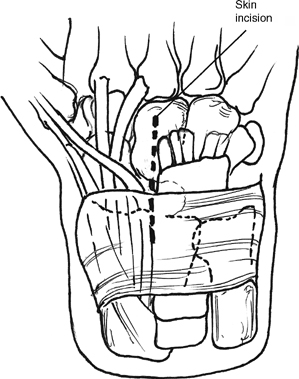39 Open Reduction and Internal Fixation Perilunate Dislocation via Dorsal Approach
Indications
Technique

Stay updated, free articles. Join our Telegram channel

Full access? Get Clinical Tree


39 Open Reduction and Internal Fixation Perilunate Dislocation via Dorsal Approach
Indications
Technique




